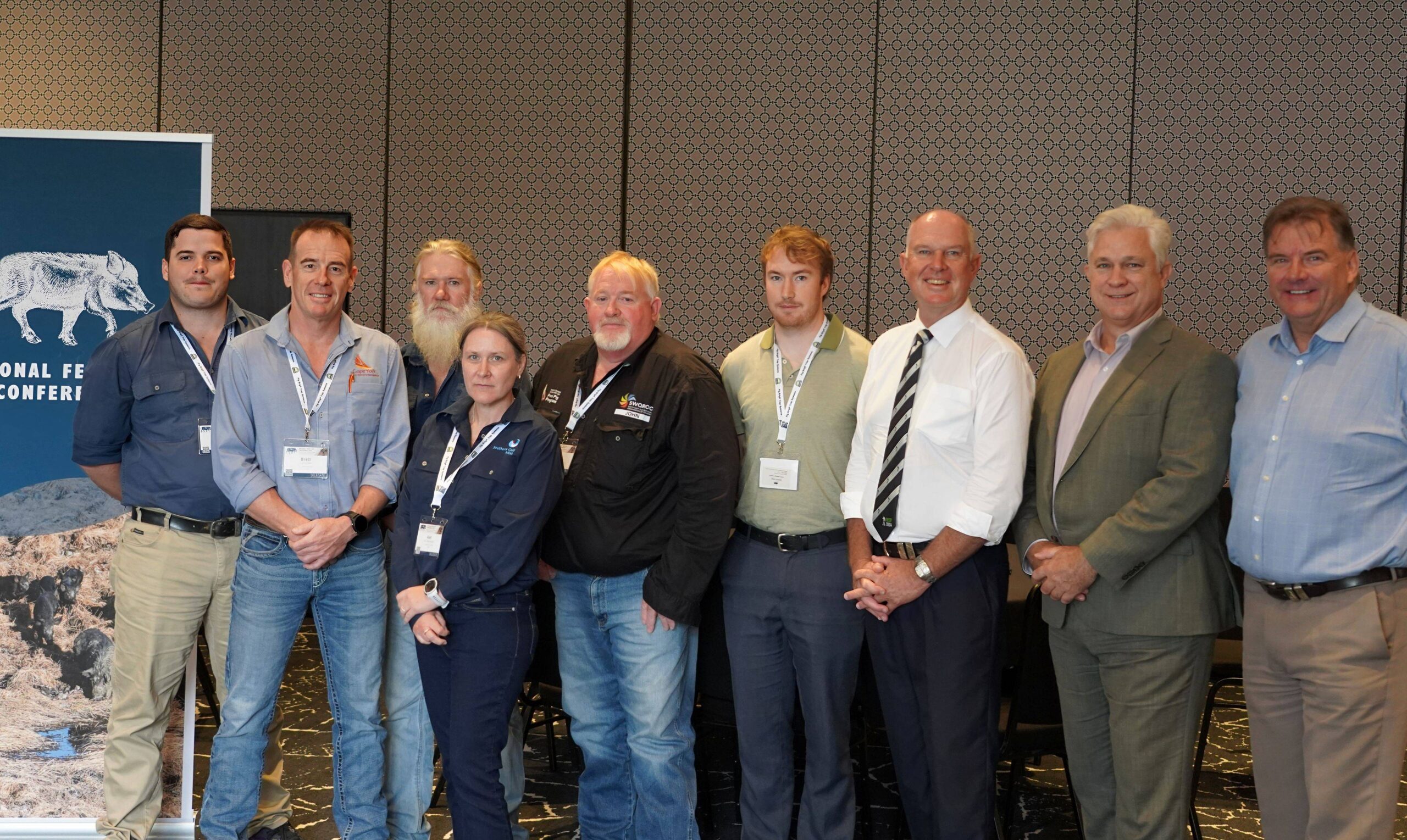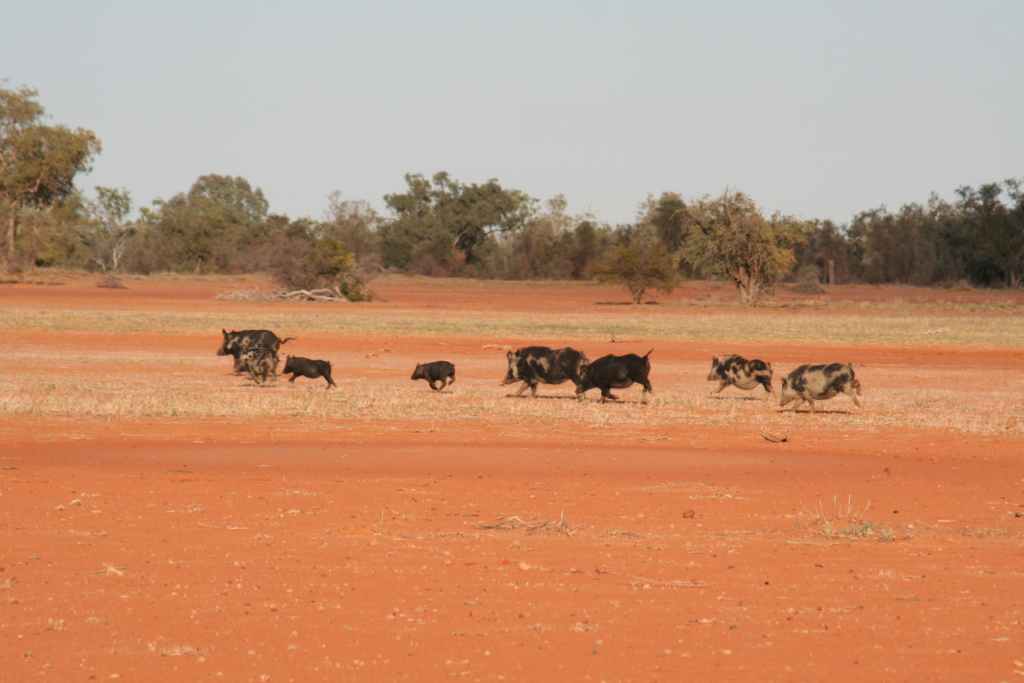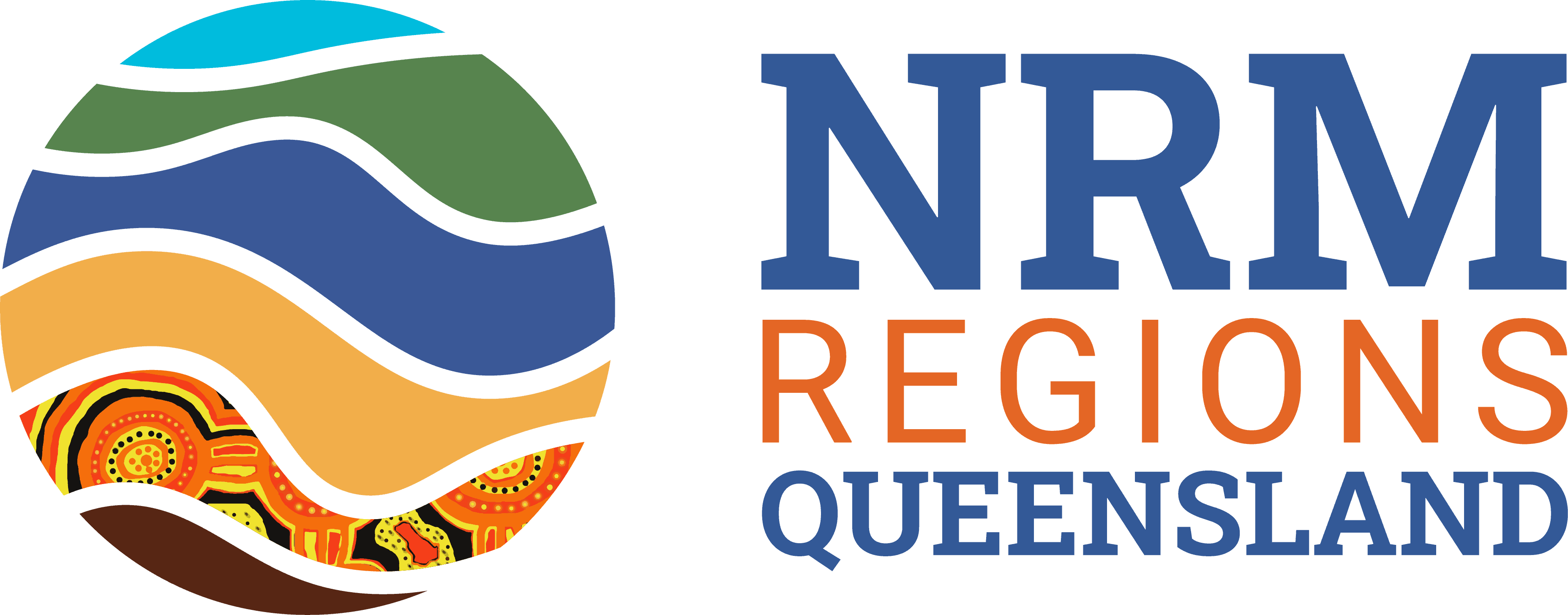Queensland has welcomed new feral pig coordinators to improve district-wide and regional responses to feral pigs through facilitating coordinated control programs in the state.
Five regional coordinators have been appointed across six Queensland regions and are based in Cairns, Longreach, Mareeba, Townsville and Mount Isa.
The collaborative project, funded under the Queensland Feral Pest Initiative, will work alongside local governments, graziers, Indigenous rangers and farmers to increase participation in coordinated, landscape-scale feral pig control activities.
Regional feral pig coordinators will work alongside stakeholders to facilitate feral pig control, including the coordination of monitoring, baiting, trapping and shooting in targeted areas.
The project will also standardise data capture on feral pig populations, promote best practice feral pig management techniques and build a communications network to better coordinate cross-region responses to feral pig management, including risk management and disease preparedness.
Feral pig coordinators will work across regions overseen by the following Queensland NRM organisations — Desert Channels Queensland, Cape York NRM, Gulf Savannah NRM, NQ Dry Tropics, Terrain NRM, and Southern Gulf NRM.

Regional Feral Pig Coordinators & Minister for Primary Industries Tony Perrett (3rd from right) at the National Feral Pig Conference in March 2025.
Department of Primary Industries Deputy Director-General and Chief Biosecurity Officer Rachel Chay:
“Effective biosecurity requires an integrated system where all partners understand and fulfil their roles.
“We’re working with various stakeholders to make sure we have a coordinated, effective approach to dealing with the scourge of feral pigs.
“This is part of our 25-year blueprint for ensuring a stronger future for primary industries in Queensland.”
Cape York NRM Regional Feral Pig Coordinator Brett Carlsson:
“Feral pigs are a high priority species for control in Queensland.
“Pest animals do not follow boundaries and do not stay within their region. Landscape-scale coordination is necessary so feral pigs cannot simply relocate into new areas.
“Feral pigs are a devastating environmental pest that foul up waterways and wetlands, reduce water quality, cause land erosion and damage native vegetation.
“Feral pigs also impact primary production across industries such as grazing, cane and horticulture, and will trample crops, wreck fences and destroy vital agricultural infrastructure.”
Desert Channels Queensland Operations Manager Geoff Penton:
“Over the last 10 or 15 years, the popular assumption is that the largest number of feral pigs in Queensland are in northern and western Queensland.
“We want to work with the groups who are putting effort into feral pig management now, and see whether we can support improvements to increase impact across larger areas of landscape.
“Councils and landholders are already putting extensive effort into feral pig control, which is why we need to look at options that may improve knock down rates to ensure feral pig control is effective long-term.”
Fast Facts
- Population estimates of feral pigs in Australia are at least 3.2 million, with abundant and widespread populations from North Queensland to the Channel Country.
- Feral pigs reduce water quality, cause land degradation and erosion, spread weeds, damage native vegetation, and destroy native wildlife nesting sites and food sources.
- Feral pigs pose a significant risk to livestock and humans as known carriers of diseases including leptospirosis, Q Fever, Japanese encephalitis and foot and mouth disease.
- Through primary production impacts, infrastructure damage and disease and weed spread, feral pigs cost Australian agriculture more than $100 million each year.
- To be effective, control programs must remove at least 85% of a region’s feral pig population over a short period of time to effectively suppress the rebreeding rate.

Feral pigs in Channel Country.
